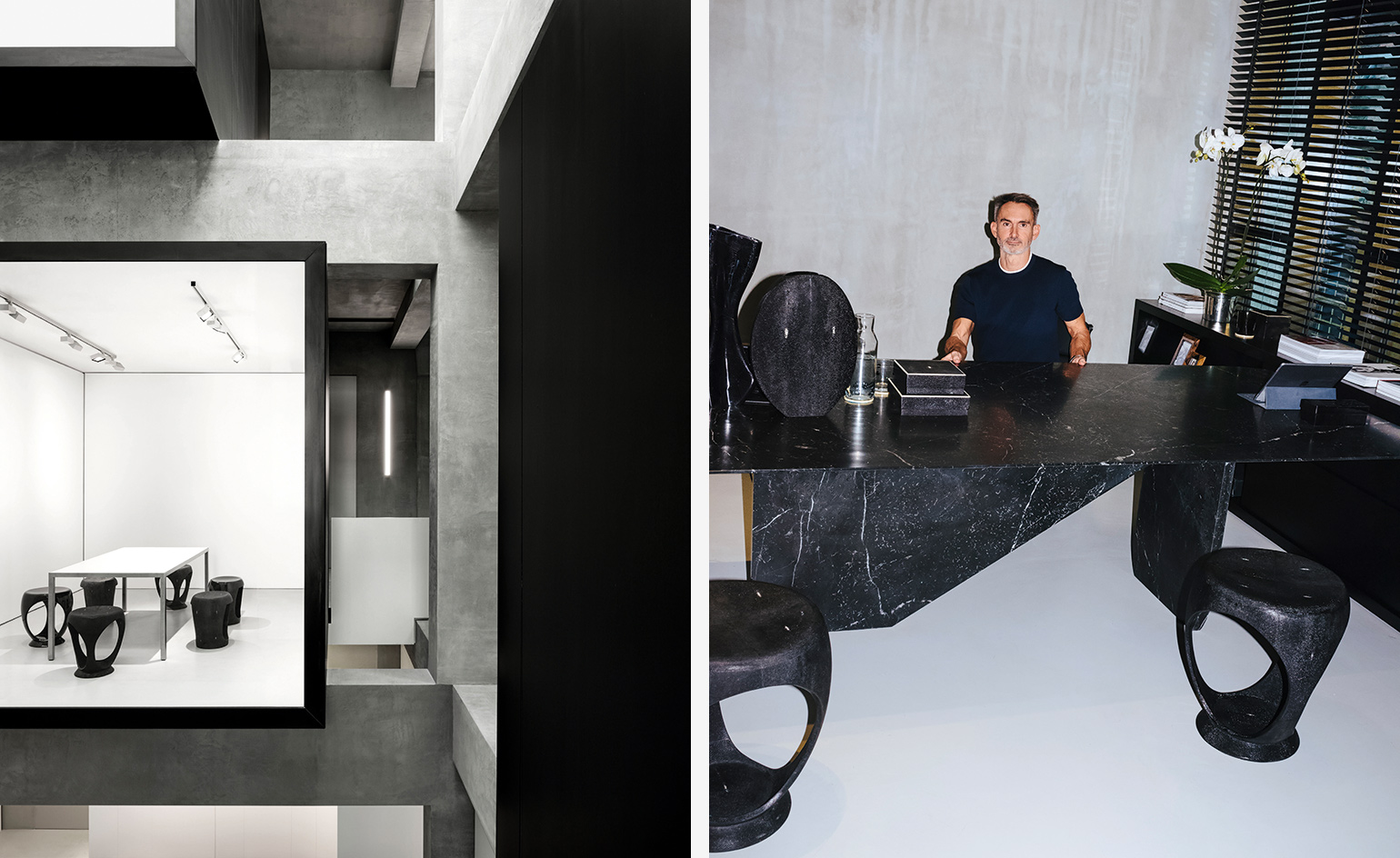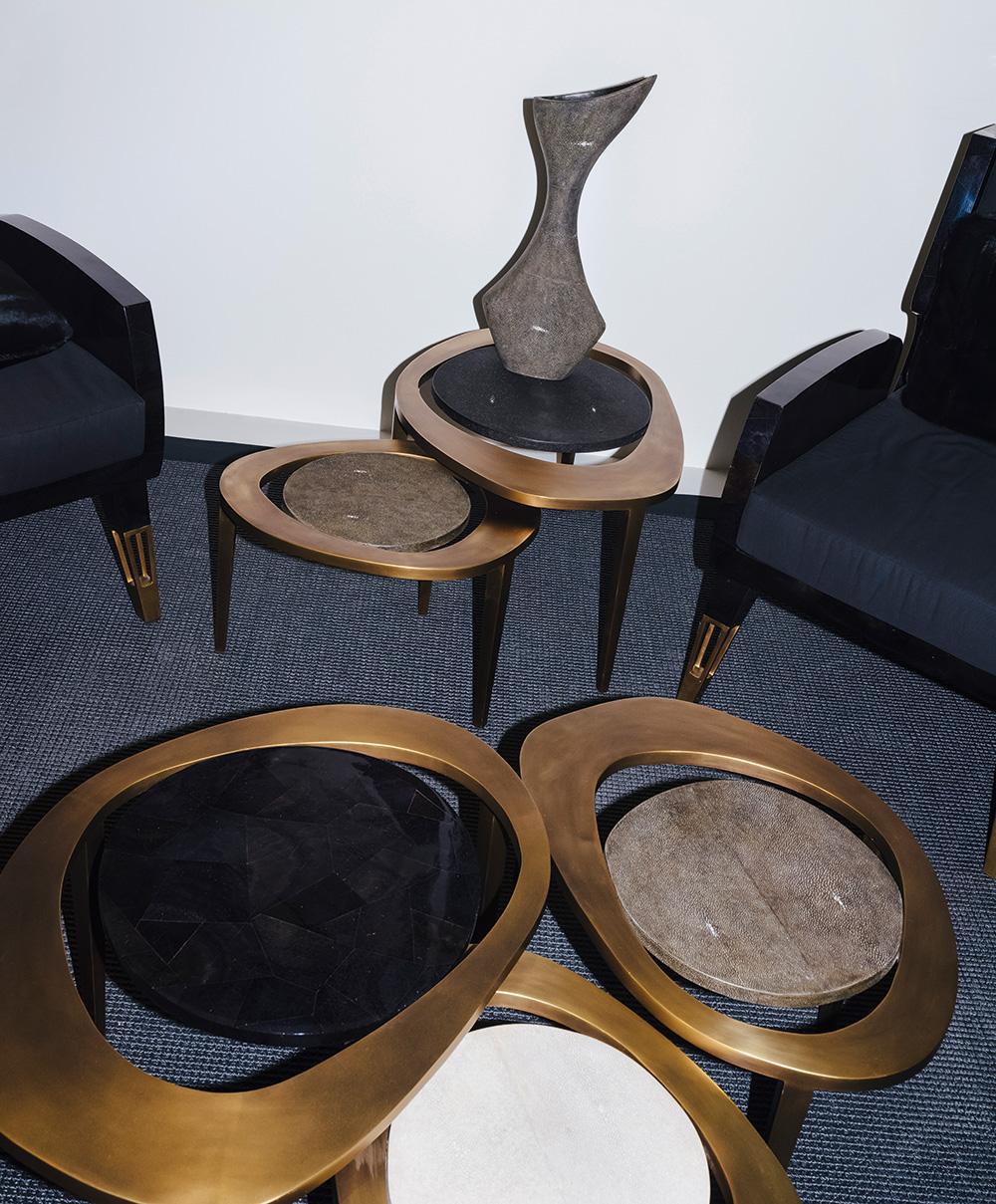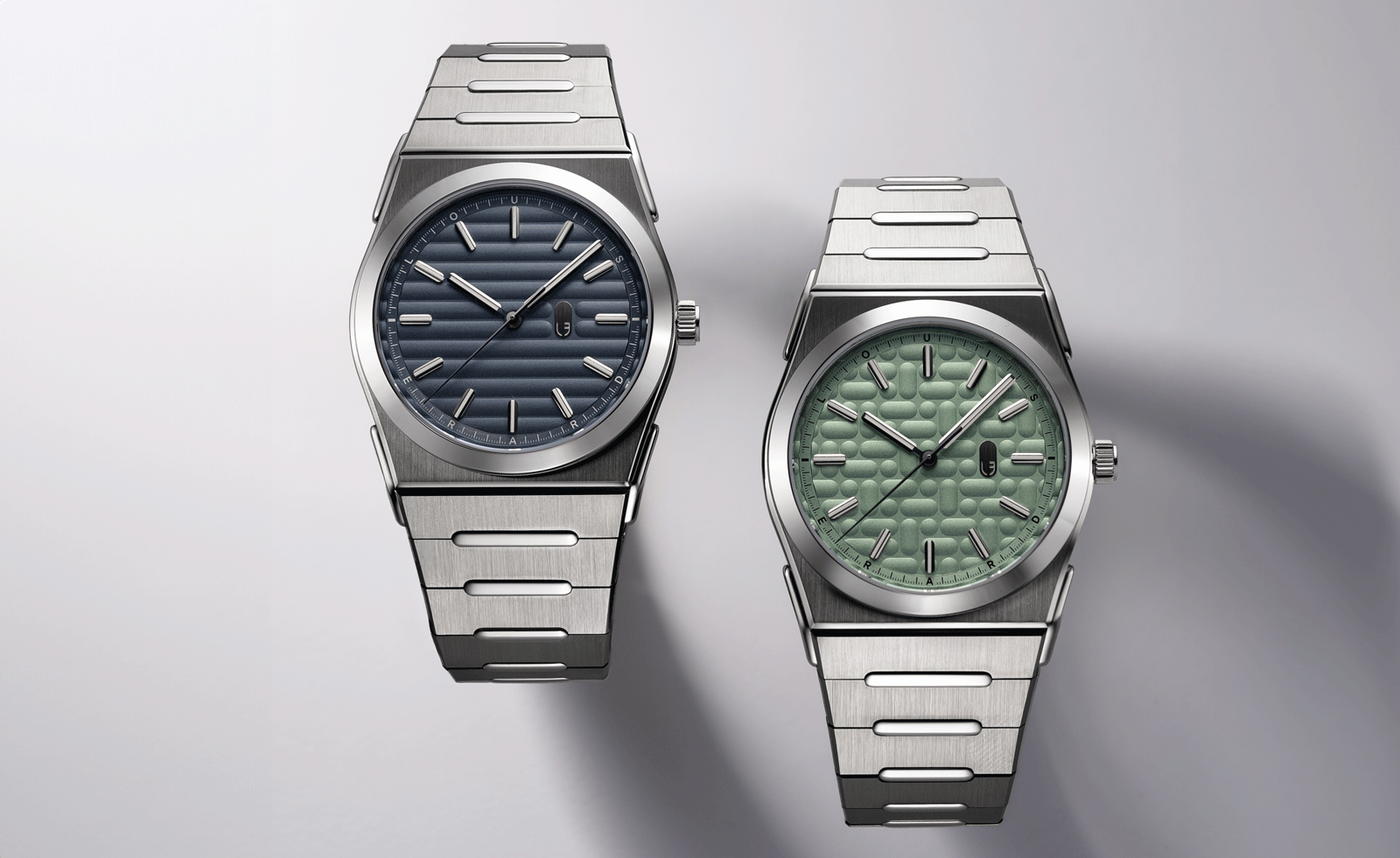Expanses of concrete and light characterise Neil Barrett’s new Milan headquarters

‘An industrial shell with style.’ That’s what British designer Neil Barrett was looking for when he needed a new headquarters. He set up his namesake label at the turn of the millennium, after almost a decade working for Italian megabrands Gucci and Prada, and he initially bought a small studio big enough for a team of five. But, by the end of 2016, he was heading up a global fashion brand with a staff of more than 80, who found themselves spread across seven different buildings on Via Savona, in south west Milan. It was time to find bigger quarters.
Barrett found his industrial shell with style in a former power plant on Milan’s Via Ceresio. It then took two years for architects Barbara Ghidoni, Marco Donati and Michele Pasini – of Storage Associati – to turn this 538,200 sq ft building into an HQ. Its vast, white foyer debuted as the backdrop to Barrett’s S/S18 joint menswear and womenswear show last June.
The architects’ brief was to create something that was clean but with warmth – not a stagnant monument to minimalism, but a space in constant motion. Here, Barrett and his team work on a ceaseless flow of collections that takes in menswear and womenswear, sportswear, ski and gym clothes, plus a newly launched childrenswear line, as well as retail concepts and operations. Nothing sits still.
The architects used the foundations of the power plant like a skeleton, placing a number of boxes within it. Both sides are flooded with natural light, thanks to glazed façades – the original wooden frames have been remodelled in black aluminium. Across two large floors stand banks of glass-panelled offices, set away from the front windows; two cubed meeting rooms with thick glass fronts hover on iron beams. Inside sit curvaceous chairs and tables in exotic skins by Paris-based husband and wife team Yiouri and Ria Augousti.

In the meeting rooms at Neil Barrett’s new HW are armchairs, ‘Peacock’ side tables and an ‘Eva’ vase by Ria and Yiouri Augousti.
‘The concept was to create holes of light and elements that give the feeling of graphic architecture,’ Pasini says. ‘It made sense to use fewer materials and a reduced colour palette in a space that will change over time.’ Strikingly, the edges of the colossal concrete walls have a bumpy, artisanal grain, tempering the building’s severity. ‘This is a space where the team will work and the brand will develop, so we wanted to create a kind of softness. The walls will age over time. It’s like an architectural intervention,’ adds Pasini.
‘The larger studios can also be compartmentalised depending on the workflow,’ he continues. With the precision of an architect, Barrett subtly divides the space while overseeing islands of activity. At the height of the season, the design floor is sectioned off with large moveable grey foam board, onto which research, technical drawings and fabric swatches for each category of the collection are pinned. ‘It’s about having everything on show during the season so everyone can be more autonomous,’ says Barrett.
Everything is kept within eyeshot. ‘I dislike having to ask people for information, so I’d rather be able to find it myself. And I find that works better for my team, too, so you can actually apply what you have in your mind to what you are doing.’ Fuss is kept well hidden. Fine slits that hover underneath the ceiling conceal air-conditioning units.
The brand’s archives are stored inside deep cupboards disguised as walls. Computer and phone cables are sucked into the centre of desks and plugged directly into custom-made boxes that cover sockets on the floor. Wearers of Barrett’s tailored clothes come to him for this very same restraint and rigour. ‘The concept of hiding all the functions came from Neil’s attitude,’ Pasini says. ‘He likes to have everything clean.’
When designing, Barrett puts together tight colour palettes and fabrications, editing as much as possible down to the working essentials. The materials used throughout his HQ reflect that, too – the graphic shadows that trip across the walls and floors as the day passes bring to mind one of Barrett’s iconic neoprene sweaters or intarsia knits. ‘There are more windows than there are walls – so the light brings the building to life,’ Barrett says. ‘At any time of day, you can look from any direction and you will find a beautiful frame. The architects have translated my desire for geometric perspectives, that irregular balance.’
As originally featured in the March 2018 issue of Wallpaper* (W*228)
INFORMATION
For more information, visit Neil Barrett’s website and the Storage Associati website
Receive our daily digest of inspiration, escapism and design stories from around the world direct to your inbox.
London based writer Dal Chodha is editor-in-chief of Archivist Addendum — a publishing project that explores the gap between fashion editorial and academe. He writes for various international titles and journals on fashion, art and culture and is a contributing editor at Wallpaper*. Chodha has been working in academic institutions for more than a decade and is Stage 1 Leader of the BA Fashion Communication and Promotion course at Central Saint Martins. In 2020 he published his first book SHOW NOTES, an original hybrid of journalism, poetry and provocation.
-
 Five watch trends to look out for in 2026
Five watch trends to look out for in 2026From dial art to future-proofed 3D-printing, here are the watch trends we predict will be riding high in 2026
-
 Five destinations to have on your radar this year
Five destinations to have on your radar this yearThe cultural heavyweights worth building an itinerary around as culture and creativity come together in powerful new ways
-
 Dublin-based designer Cara Campos turns abandoned bicycles into sleekly minimal furniture pieces
Dublin-based designer Cara Campos turns abandoned bicycles into sleekly minimal furniture piecesWallpaper* Future Icons: Saudi-raised Irish/French designer Cara Campos' creative approach is rooted in reuse, construction and the lives of objects